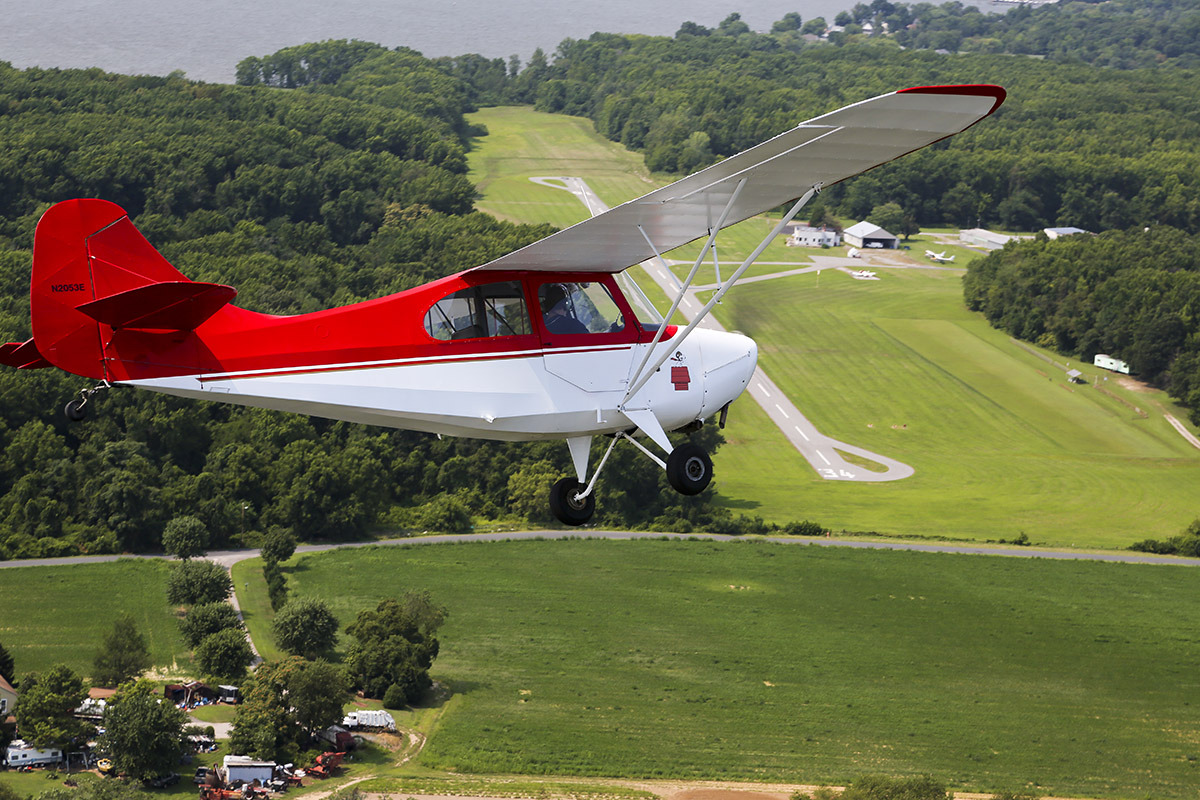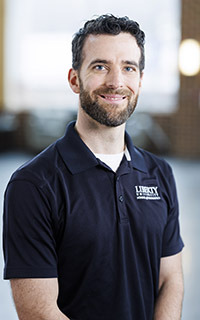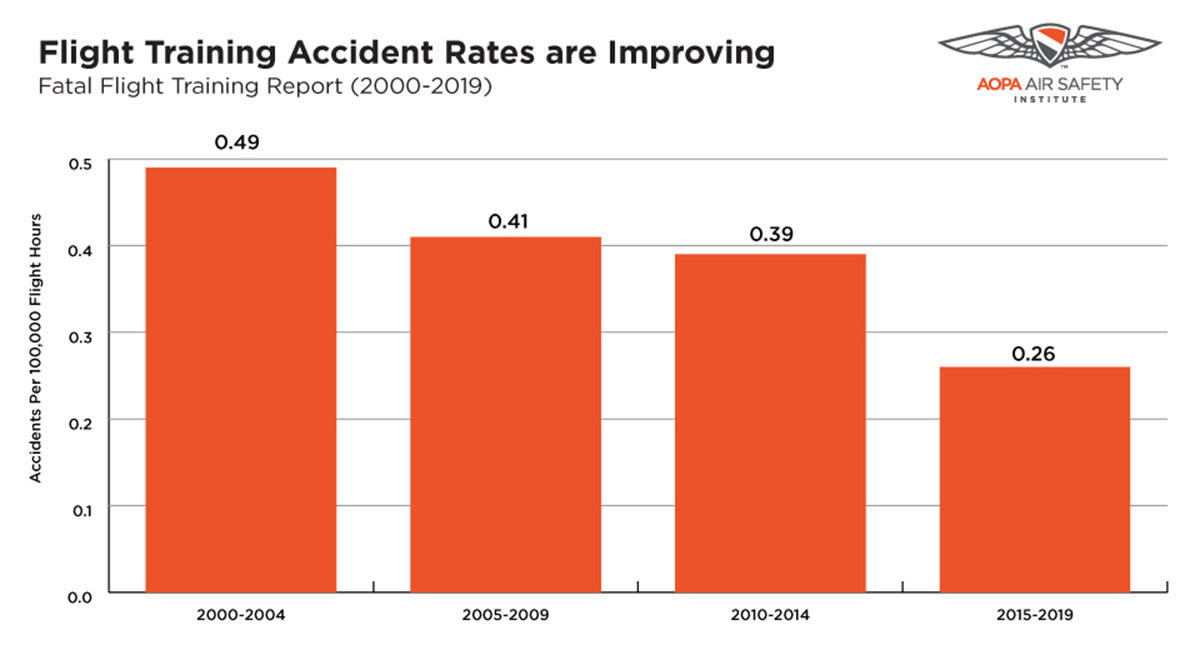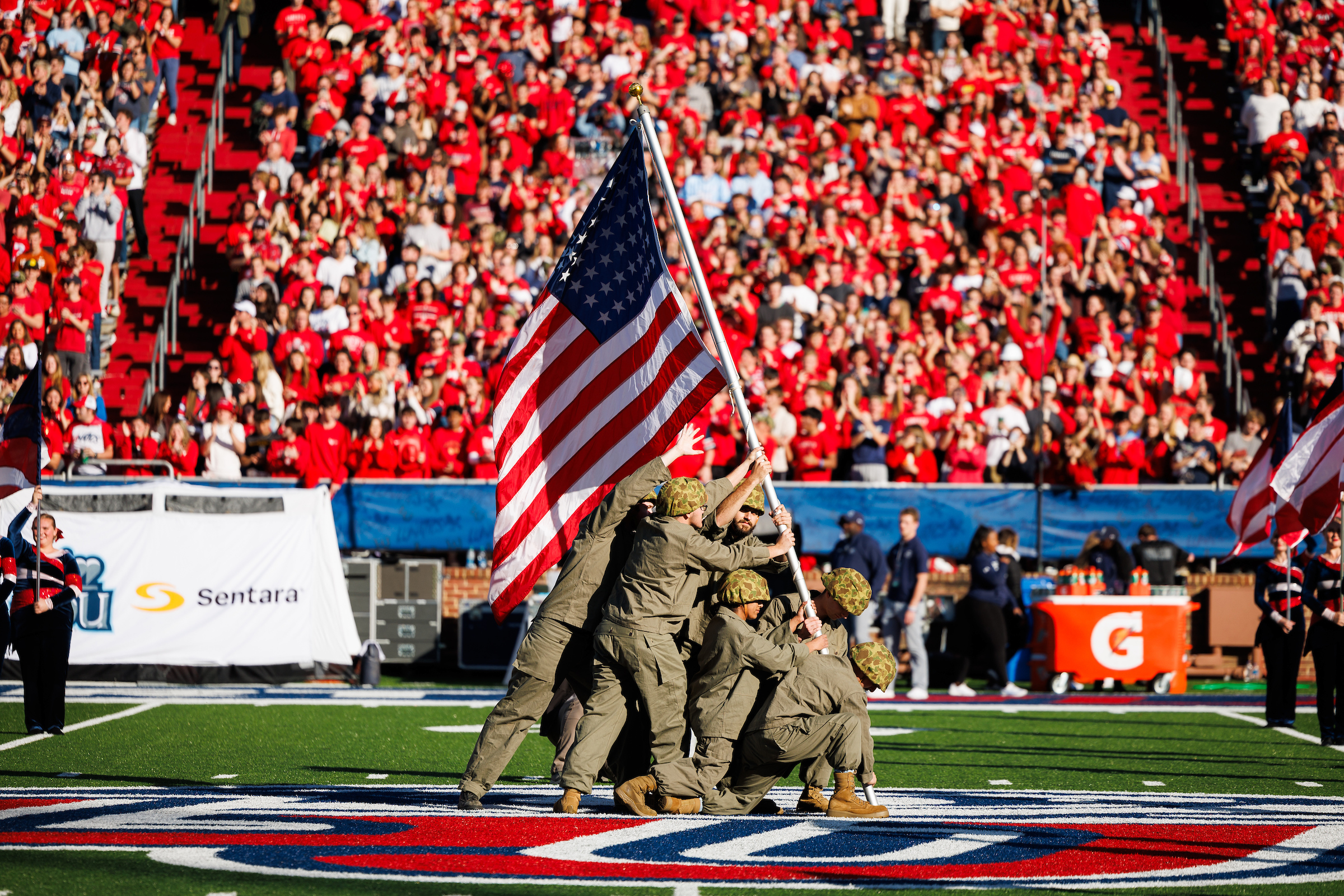Search News Archives
Filter News Articles
Additional Navigation
School of Aeronautics teams with AOPA Air Safety Institute to publish safety research
February 16, 2024 : By Ted Allen - Office of Communications & Public Engagement

Liberty University School of Aeronautics has partnered with the Aircraft Owners and Pilots Association (AOPA) Air Safety Institute to release the updated Fatal Flight Training Accident Report: 2000-2019, a comprehensive study that explores flight training risks and innovations within the industry over the past two decades. The study offers a breakdown of accidents and their causes and concludes with accident prevention and mitigation recommendations.

Researchers included Liberty SOA Director of Safety Professor Andrew Walton and recent graduate Joshua Cardoza, who analyzed fatal instructional accidents in piston engine airplanes throughout the United States over that time span. Walton previously collaborated with AOPA when the 16-year study was released in 2019.
Walton said now with 20 years of data in the study, he and Cardoza were able to do a split-decade analysis, from 2000-09 and 2010-19, categorizing incidents that occurred either during solo flights or with an instructor on board and according to the primary cause. They said the comparison shows the effects of new technologies and improved safety measures, as well as advanced education and simulator-based training in reducing the accident rate.
“The good news is that flight training is getting safer,” Walton said. “Sustained efforts by the FAA, NTSB, manufacturers, and the flight training community have resulted in a fatal accident rate that is now roughly half of what it was at the start of the century.”
He noted that from 2000 to 2004, the fatal accident rate averaged 0.49 per hundred thousand training hours flown, and the rate has steadily dropped to an average of 0.26 in the last five years of the study.

“Especially in the last three or four years of flight time, not only are (student-pilots) having fewer accidents, but they are flying more hours,” said Robert Geske, AOPA Air Safety Institute manager of aviation safety analysis. “The goal is to reduce accidents, and the overall flight training community has taken to heart the lessons learned, and flight training is safer than ever before.”
The report concludes that loss of control comprises the largest accident category, accounting for 54 percent of all fatal instructional accidents with the vast majority being stall/spin related.
“The aviation industry has done an excellent job of stall/spin awareness when overshooting base to final,” Geske said. “Similarly, we should stress stall/spin risk during takeoff, climbout, and go-around and emphasize energy awareness and management during those flight phases.”
Midair collisions and controlled flight into terrain, , were the second- and third-leading causes of fatal crashes, respectively.
Geske said AOPA has analyzed flight data internally to identify hazards before they become safety issues.
Walton and Geske both serve on the Safety Analysis Team of the General Aviation Joint Safety Committee, a partnership between government agencies such as the Federal Aviation Administration (FAA) and National Transportation Safety Board (NTSB) with industry partners who are focused on improving safety within the general aviation community.
Walton said AOPA is the leader in disseminating valuable safety information to the general aviation community and aeronautics industry.
“AOPA is really good at reaching out to general aviation pilots, and we are excited to partner with them to help others within the flight training community — flight instructors, pilots, and flight schools — understand what the risks are and the practical ways of improving safety,” he said.
Walton said the goal for Liberty in its flight training is to minimize the risk of accidents and keep student-pilots and employees safe.
“We also want to send out professional pilots, safety officers, aviation mechanics, and unmanned aerial systems operators who go into their career fields with these habit patterns — a mindset of professionalism and safety,” he said.

Cardoza, who graduated with a B.S. in Aeronautics: Commercial/Corporate in May, now works as a certified flight instructor (CFI) at Williamsburg (Va.) Flight Center based out of Williamsburg-Jamestown Airport (JGG) where he trains a wide variety of students, including those pursuing their private pilot’s certificates and others working toward becoming commercial pilots. He said the research with Walton and the AOPA helped equip him for his current position.
“The aim of the study was to really understand why these planes were going down in the first place and help out the training community,” he said. “Looking back at the study, I learned a lot about what the instructor could have done to have prevented the accidents by analyzing risks and control factors and making sure students are ready to go up on their own. To know what types of risks are out there and to learn from other peoples’ mistakes really prepared me to take on this job and helped me to become the best flight instructor I could be.”
>> Liberty’s School of Aeronautics offers a residential Aviation Safety minor, a B.S. in Aviation Administration: Safety Management cognate residentially, and an online M.S. in Aeronautics: Aviation Safety and Ph.D. in Aviation.


